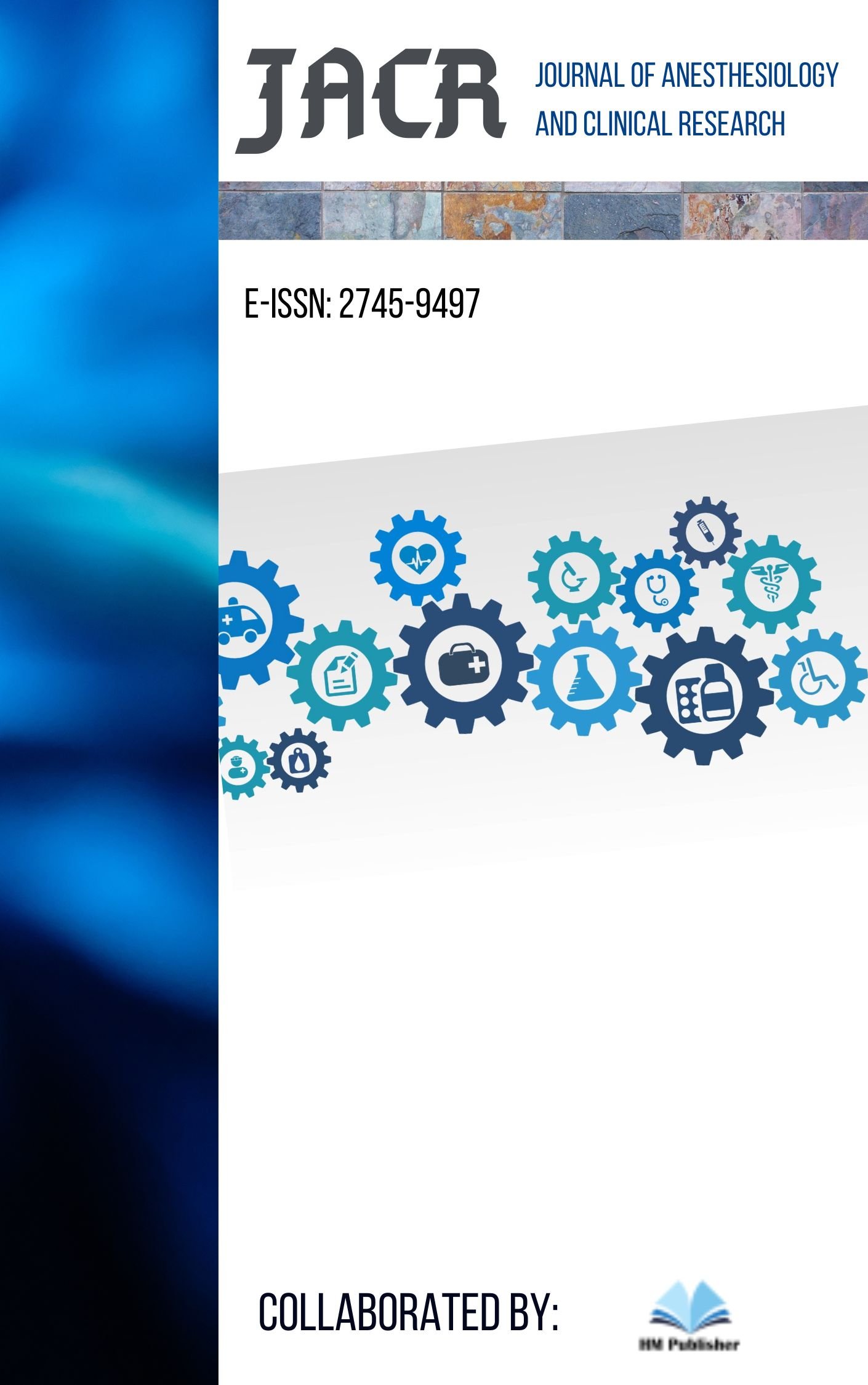Main Article Content
Abstract
Introduction: Conjoined twins represent a rare and complex congenital anomaly, posing significant challenges in medical management, particularly during diagnostic procedures requiring anesthesia. This case report details the successful anesthetic management of a four-month-old female thoracoabdominal conjoined twin pair undergoing a contrast-enhanced computed tomography (CT) scan in preparation for separation surgery. The rarity of this condition and the intricacies involved in providing safe and effective anesthesia for such patients warrant this report to contribute to the growing body of knowledge in this specialized area.
Case presentation: A four-month-old female conjoined twin pair, fused at the thorax and abdomen, was referred to Dr. Saiful Anwar General Hospital in Malang, Indonesia, for separation surgery. Prior to the planned surgical intervention, a contrast-enhanced CT scan of the thoracoabdominal region was deemed necessary by the surgical team to delineate the extent of organ fusion and vascular involvement. The twins, designated as Baby One and Baby Two for the purpose of this report, were born via Cesarean section. Physical examination revealed a shared thoracoabdominal connection and bilateral labiopalatoschisis. Pre-operative laboratory investigations showed stable hematological and biochemical parameters for both twins. An abdominal ultrasound indicated liver surface fusion with vascular involvement, while an echocardiogram revealed normal cardiac structure and function in both individuals. The American Society of Anesthesiologists (ASA) physical status for both twins was classified as Class III.
Conclusion: This case highlights the successful use of continuous dexmedetomidine infusion for sedation during an out-of-operating room CT scan procedure in pediatric thoracoabdominal conjoined twins. The meticulous pre-procedural planning, including simulation and the preparation of individualized equipment and monitoring for each twin, contributed significantly to the positive outcome. This case underscores the importance of a multidisciplinary team approach and tailored anesthetic strategies in managing complex cases of conjoined twins undergoing diagnostic imaging.

